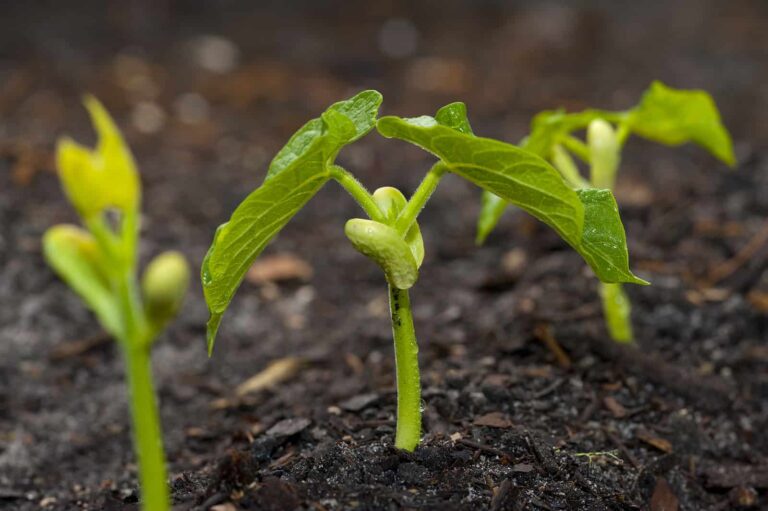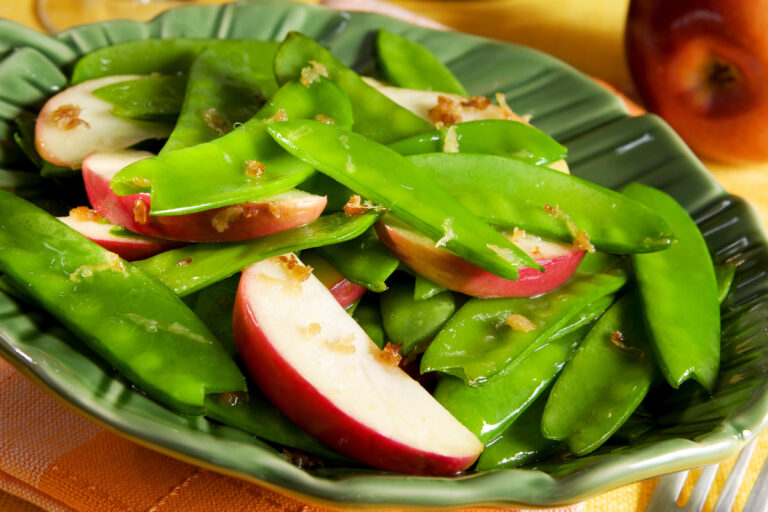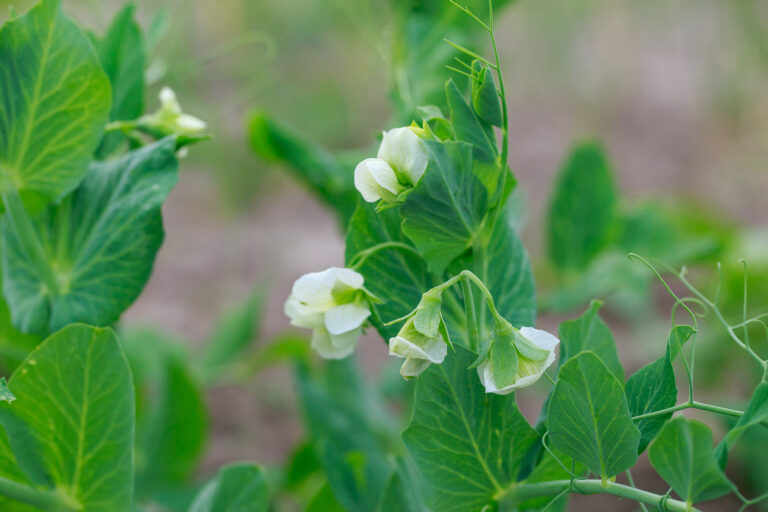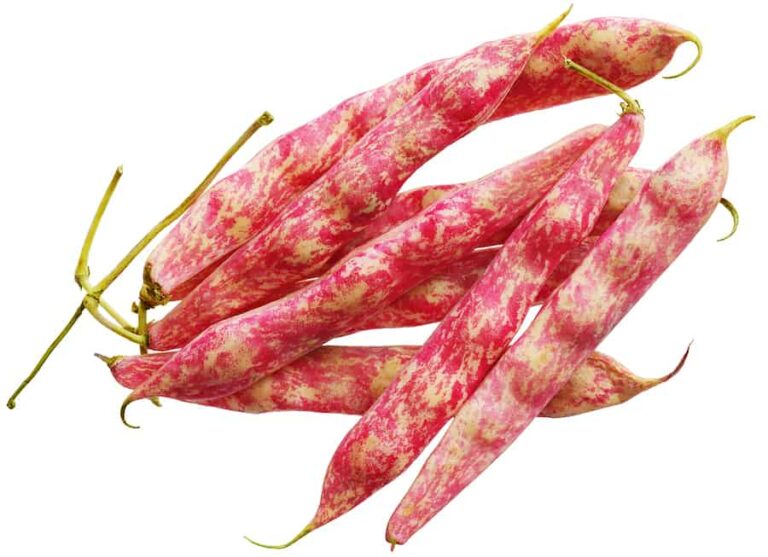Supporting Fava Beans: Do They Need Staking?
Fava beans are tall, upright plants that can reach three to four feet in height. While they start strong and sturdy, wind, rain, and heavy pods can cause the stems to bend or topple—a problem known as lodging. Supporting fava beans with simple staking helps keep plants upright, improves air circulation, and makes harvesting easier.
After years of growing fava beans in my Sonoma Valley garden, I’ve learned that staking isn’t always required—but when the weather turns windy or plants are loaded with pods, it can make the difference between a tangled mess and a tidy, productive stand.
Do Fava Beans Need Staking?
Staking depends on the variety, growing conditions, and spacing:
- Short or dwarf varieties (under 2 feet) usually don’t need support.
- Tall varieties (3–4 feet) benefit from staking or string supports, especially in exposed or windy gardens.
- Closely spaced rows help plants support one another naturally, reducing the need for stakes.
If you live in an area with frequent spring winds or heavy rains, providing some form of support is a good idea.
How to Stake Fava Beans
- Row Staking Method:
- Drive stakes at each end of the row.
- Run twine or garden string along both sides of the plants, about 12–18 inches high.
- Add another layer of string as plants grow taller.
- Grid or Netting Method:
- For wider beds, create a crisscross grid of string or use pea netting.
- The plants will grow through and hold each other upright.
- Individual Staking:
- For small plantings or container-grown favas, insert a bamboo cane next to each plant and tie loosely with soft twine.
When to Stake
Begin staking when plants reach 12–18 inches tall—before they begin to flower. Early support prevents stems from leaning and makes it easier to add additional lines of string as they grow.
Additional Tips for Upright Growth
- Plant in blocks rather than single rows so plants can support one another.
- Avoid over-fertilizing with nitrogen, which produces weak, leafy growth prone to falling over.
- Mulch and water deeply to anchor roots and maintain even soil moisture.
My Experience
In my Zone 9B garden, I grow tall heirloom fava beans each winter. I plant in double rows about 18 inches apart, then run twine between short stakes on each side once plants reach a foot tall. By the time pods form in early spring, the plants are upright and easy to harvest. When I’ve skipped staking, strong winds have sometimes flattened the bed—so I’ve learned it’s worth the extra step.
Key Takeaway:
Not all fava beans need staking, but tall or heavily fruited plants benefit from simple supports. A few stakes and strings can protect your crop from wind damage and ensure an easier, more productive harvest.
Fava Bean Learning Hub
Start here: The Ultimate Fava Bean Growing Guide: From Seed to Harvest
Planting & Growing Basics
- Fava Bean Planting Time by Region
- How Deep and How Far Apart to Plant Fava Beans
- Fava Companion Planting Guide
- Growing Fava Beans in Containers
Soil, Water, and Feeding
- Best Soil for Fava Beans and How to Prepare It
- How to Water Fava Beans for Best Growth
- Feeding Fava Beans Naturally: Compost and Nitrogen Fixing
Care & Maintenance
- How to Care for Fava Beans During the Season
- Managing Weeds Around Fava Beans
- Supporting Fava Beans: Do They Need Staking?
Pest & Disease Management
Harvest, Storage & Preservation
- How to Tell When Fava Beans Are Ready to Harvest
- How to Dry Fava Beans for Long-Term Storage
- How to Store and Preserve Fresh Fava Beans
Varieties & Seed Saving
Cooking & Using Fava Beans
Companion & Related Crops




